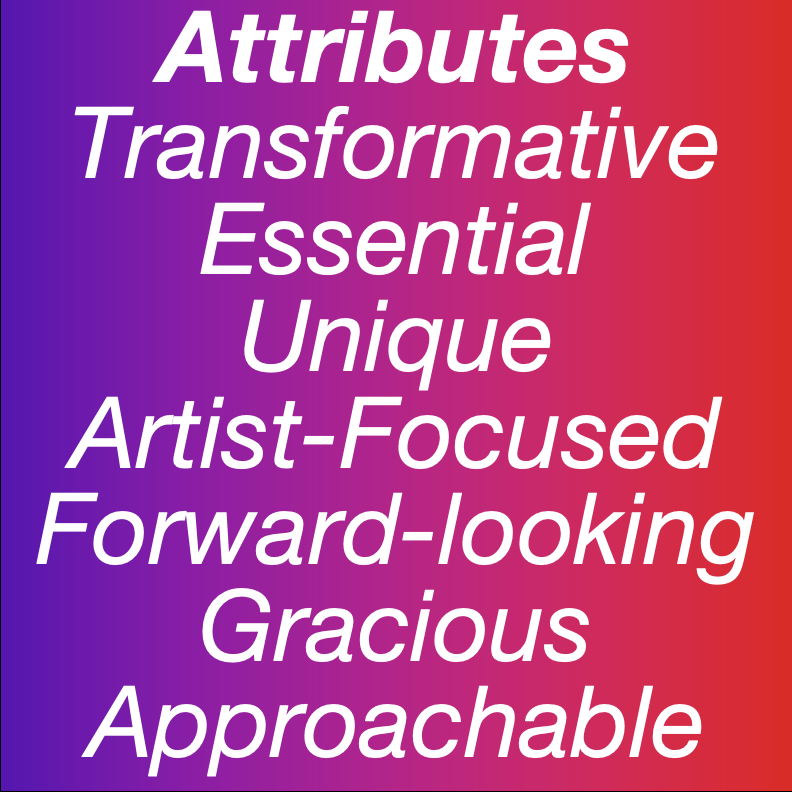RESEARCH & ANALYSIS • POSITION STATEMENT • POSITION PILLARS • IMAGE ATTRIBUTES • ORGANIZATION TAGLINE CONSULTATION • USAGE GUIDELINES
Lumberyard.org
Opportunity
-
Lumberyard Contemporary Performing Arts, or as they were known at the time, ADI | American Dance Institute, came to Arts Branding with a new mission, a new name, and an anticipated facility in upstate New York at a former lumberyard in downtown Catskill, New York.
-
Through their observation of the contemporary performing arts field, Lumberyard saw a significant gap in the infrastructure of the field. Artists needed economical, premiere-focused residencies where they could work out the final technical details of their new performance pieces in readying them for premiers.
-
Whereas middlemen functions were being eliminated in countless fields, Lumberyard saw the pivotal need to put themselves in the middle – to be the innovative nexus among artists, venues, and audiences, to propel the contemporary performing arts form forward.
Solution
-
Lumberyard was a quickly evolving organization that needed a position statement and position pillars to help them communicate the organization at an overarching level, and image attributes to help inspire their visual image, graphics, and imagery.
-
Arts Branding worked with executive and senior management, Lumberyard’s organizational change consultant, and staff over several refinement sessions for each communications tool.
-
In each session, Arts Branding guided Lumberyard in defining, creating, refining, and finalizing these three important communications tools as they would be paramount in guiding organization development, marketing, fund raising, education, and more.
-
Arts Branding also consulted on Lumberyard’s organization tagline and persuaded them to include “Contemporary Performing Arts” as part of their full name and logo.
Impact
-
Lumberyard was able to transition into their new cultural role and facilities with communications tools they had helped create and in which they had invested themselves.
-
Staff were able to speak and write about the organization with clarity, brevity, and confidence.
-
Artists and audiences were able to immediately understand this unique organization and the role it would take in helping shape the contemporary performing arts field.

